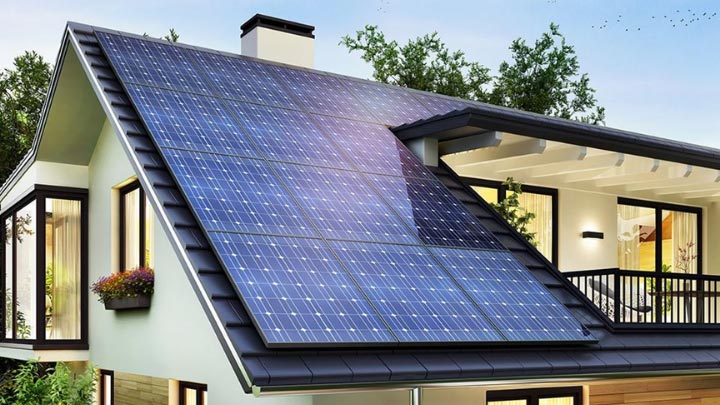
The amendment to the Construction Law and certain other acts (Journal of Laws of 2020, item 471), which enters into force on September 19, 2020, introduces new obligations for investors who decide to install a photovoltaic installation with a rated power above 6.5 kW.
In art. 29 section 2 points 16 of the Construction Law, an obligation was imposed to agree on the design of a micro-installation (photovoltaic installation with a capacity of up to 50 kW), the power of which exceeds 6.5 kW, with a fire protection expert in terms of compliance with fire protection requirements.
This is quite an important change, because until the amendment to the construction law, the construction of micro-installations did not require obtaining a building permit or notification, and therefore the installation design was limited only to an installation diagram used to report the installation to the power plant in order to connect the installation and establishing a "two-way" counter.
While the obligation to obtain a building permit decision and notification has not yet been introduced, it is necessary for the above-mentioned installation, development of design documentation, which is the subject of the agreement. The Act, apart from the need to agree on the project in Art. 56 section 1a imposes an obligation to notify the authorities of the State Fire Service about the completion of the photovoltaic installation and the planned commencement of its use.
MSc. Jan Makowski
Regional Technical Advisor – Designer DDT Onninen
PV micro-installation design
In order to obtain the agreement in question, it is necessary to introduce the following requirements into the micro-installation project, referred to in the Photovoltaic Decalogue of Good Practices by the Photovoltaic Industry Association:
- the need to connect DC cables using quick connectors (e.g. MC4 connectors) of the same type and from the same manufacturer, while limiting the number of cable connections on the DC side,
- running DC cables, if possible, in metal cable channels with the simultaneous need to eliminate sharp edges,
- laying cables at a distance of min. 10 cm from the surface of roofs covered with flammable material,
- introducing marking in the building in accordance with the guidelines of the PN-HD 60364-7-712 standard by placing an information sticker at the point of connection of the PV installation, at the meter board and at the main power switch of the facility,
- marking cable routes for DC wires by placing the information: "Danger - high DC voltage during the day present after the installation is turned off",
- the need to seal cable penetrations through fire separation walls/ceilings with fireproof materials with fire resistance not lower than the fire separation wall/ceiling,
- the need to perform post-construction measurements, including insulation resistance (between the positive pole and earth and the negative pole and earth - on the DC side and between active and protective conductors - on the AC side),
- ensuring proper tightening torques for connectors and using dedicated tools.
For buildings with separate fire zones:
- installation of PV inverters outside the fire zone or in a separate zone (e.g. electrical switchboard room),
- protection of the DC side wires remaining under voltage when the inverter is turned off by means of a fire-resistant casing ensuring separation in the zone or the use of fire-resistant cables and for powering devices used to power fire protection devices,
- introduction of signage informing about the presence of a PV installation also at the PWP button,
- introducing a provision in the "Fire Safety Instructions" regarding PV installations,
- maintaining the distance of PV modules from fire separation walls.
Reporting a micro-installation to the State Fire Service
The amendment to the Act does not indicate the form of the document used to notify the State Fire Service services referred to in Art. 56 section 1a. The above-mentioned Photovoltaic Decalogue of Good Practices presents a proposal for an installation registration card, which should include, among others: the following information:
- investment location (contact details of the investor and installer),
- location of PV modules and inverter,
- cable route of the DC side wires with indication of the housing (if any),
- DC disconnect location.